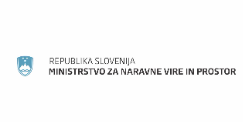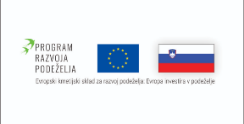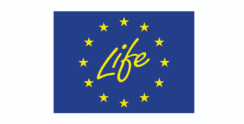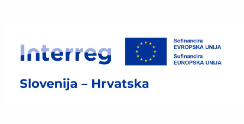Goričko most wanted: Scops owl
As part of the Gorička krajina project, DOPPS – Birdlife Slovenia began study on the selection and use of the foraging habitats of the Scops owl in Goričko in 2020. As part of the Gorička krajina project, DOPPS – Birdlife Slovenia began study on the selection and use of the foraging habitats of the Scops owl in Goričko in 2020. The purpose of the study is to determine whether the nature protection measures improved the habitat of the for Scops owl. The study of the use of the foraging habitats is carried out with the GPS telemetry. This data will be used to further improve the measures. Due to adverse weather conditions in the late spring of 2020, Scops owl began to nest later in season than in previous years. Nesting was therefore extended to July and even August. Unstable weather with abundant precipitation most likely contributed to a smaller number of nesting pairs compared to previous years, although the number of the singing males was higher.
| Name | Sex | Nest location | |
| 1. | Kalipso | F | Nuskova |
| 2. | Hermes | M | Nuskova |
| 3. | Kaliope | F | Serdica |
| 4. | Titan | M | Serdica |
| 5. | Zeus | M | Nuskova |
| 6. | Rea | F | Nuskova |
| 7. | F | Sveti Jurij | |
| 8. | Keres | F | Markovci |
| 9. | Harmony | F | Budinci |
| 10. | Hipnos | M | Budinci |
| 11. | Erebus | M | Serdica |
Because Scops owl is nocturnal, classical observation method is not possible. GPS telemetry is most commonly used to study owls. Bird or in our case Scops owl are caught in the nest or in its vicinity. The GPS device is than placed on the Scops owl back as a backpack. GPS is a small and light device and therefore does not disturb the owl while flying. The device does not send location data automatically and the data must be collected manually from the device itself. Because of this, the same bird needs to be recaptured, which is often more difficult than imagined. If the bird is not caught again, GPS backpack falls off by itself in some time, but the data is lost for good.
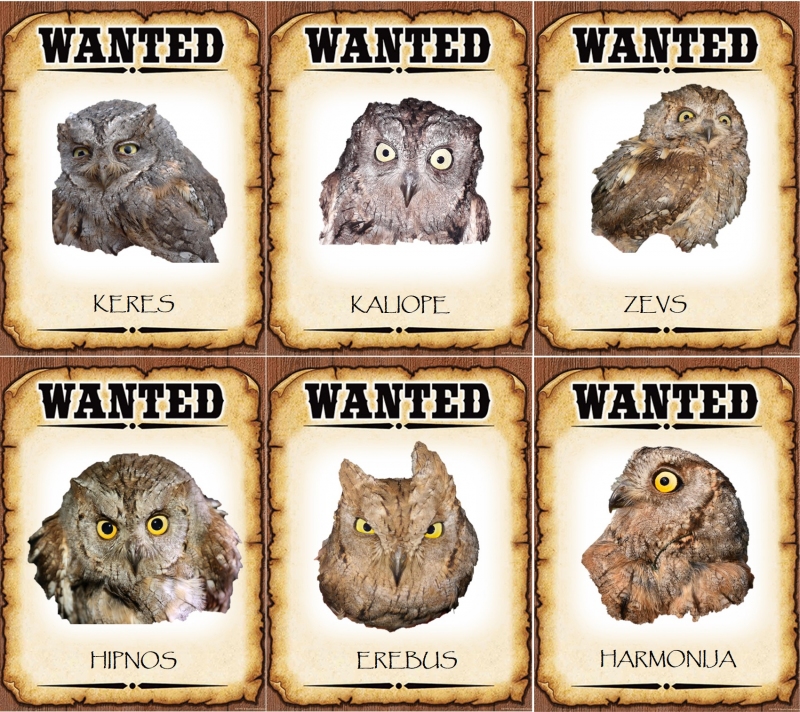
In 2020, DOPPS equipped eleven Scops owls and successfully recaptured eight of them. One male, named Zeus was already ringed with the number tag as an adult in 2018, when he nested 650 m east from this years nest location. This fact proves that Scops owls return each year and nest in the same area.
The first results about the foraging habitats are already known. In most, owls foraged for food within a radius of up to 800 m diameter of the nest. Once again hunting poles as trees, hedges, fences and hunting poles proved to be an important part of the foraging habitats.


